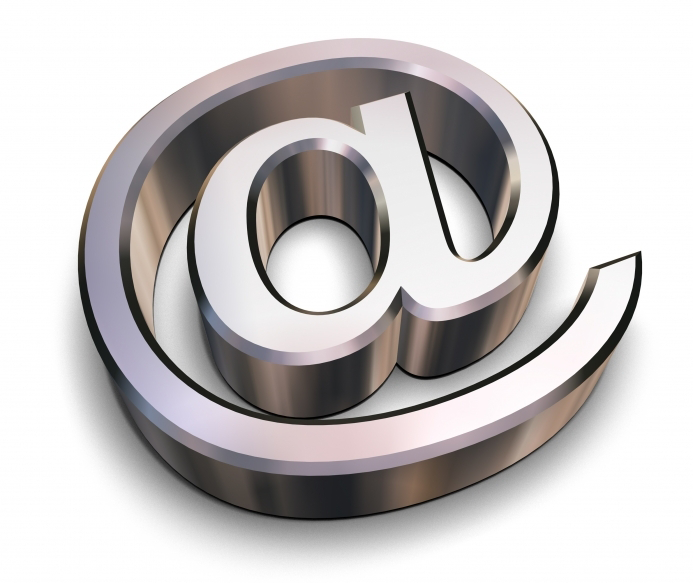Jun
0910 Tips for Effective E-Mail Communication
Email correspondence is not as straightforward as it seems. Although it can be a helpful and effective way to communicate with colleagues and clients, it can also be unhelpful and annoying. Below are 10 tips for effective email communications.
- Be clear and specific! Most of us have way too many emails and too little time in the day to read and respond to them. Keeping them short and to the point will help maximize the chance they are read (to the end of the message) and minimize the reader pressing “delete” before reading it.
- Be prompt and respond to important email. By responding a day or two after an email is sent shows you care about the message and the sender. Even if you are not able to attend to something right away, telling the person you received it and when you will attend to is shows professionalism and attentiveness.
- Use a clear subject line to name/clarify what your email is about. Since most of us receive a huge amount of email, we need an easy way to know whether to open an email, where to file it and which ones need action. The subject line is a helpful tool for this.
- Add important directional words to the subject line when an email needs special attention. Words like “response needed” or “urgent” are helpful in knowing what is expected and by when i.e., “Client contract – confirming dates – response needed” or “Board meeting – draft agenda – response needed by Friday”.
- Be very careful and restrained about forwarding jokes and other non-work related material. Most people don’t appreciate this type of email and may get too much already. Keep your work email to just that: about your work.
- Include one topic per email. Although you may have numerous things to ask/say, it is best to limit your requests or important news to one per email. In this way your subject line can reflect your message and your reader will know where to file it and how to address it (at a glance).
- Decide carefully who should be cc-ed on email. Although you may be sending an email as part of group mailing, you should not feel the need to hit “Reply All”. Often sending a response to the sender is enough and it helps minimize clutter for others.
- If you need to clarify or resolve a conflict or a misunderstanding, pick up the phone. Although an automatic reaction, especially if someone has misunderstood something in your email, may be to send a quick email back,, this is not advisable. Email is the worst type of conflict resolution and can exacerbate it.
- Minimize your use of BLOCK or bold to highlight words. Although some of us (especially highly visual people) love playing with visual cues, they can be misunderstood by others (especially if don’t use visual clues). In order to minimize sounding “loud” (often associated with BLOCK) or annoyed (often associated with bold), just use regular font styles – it’s safer.
- Include an email “signature”. It is helpful to have all one’s contact information clearly and easily accessible. There is nothing more frustrating than wanting to phone someone or pass on an organization’s web address, and finding only a name in the signature.
source – globallearningpartners
